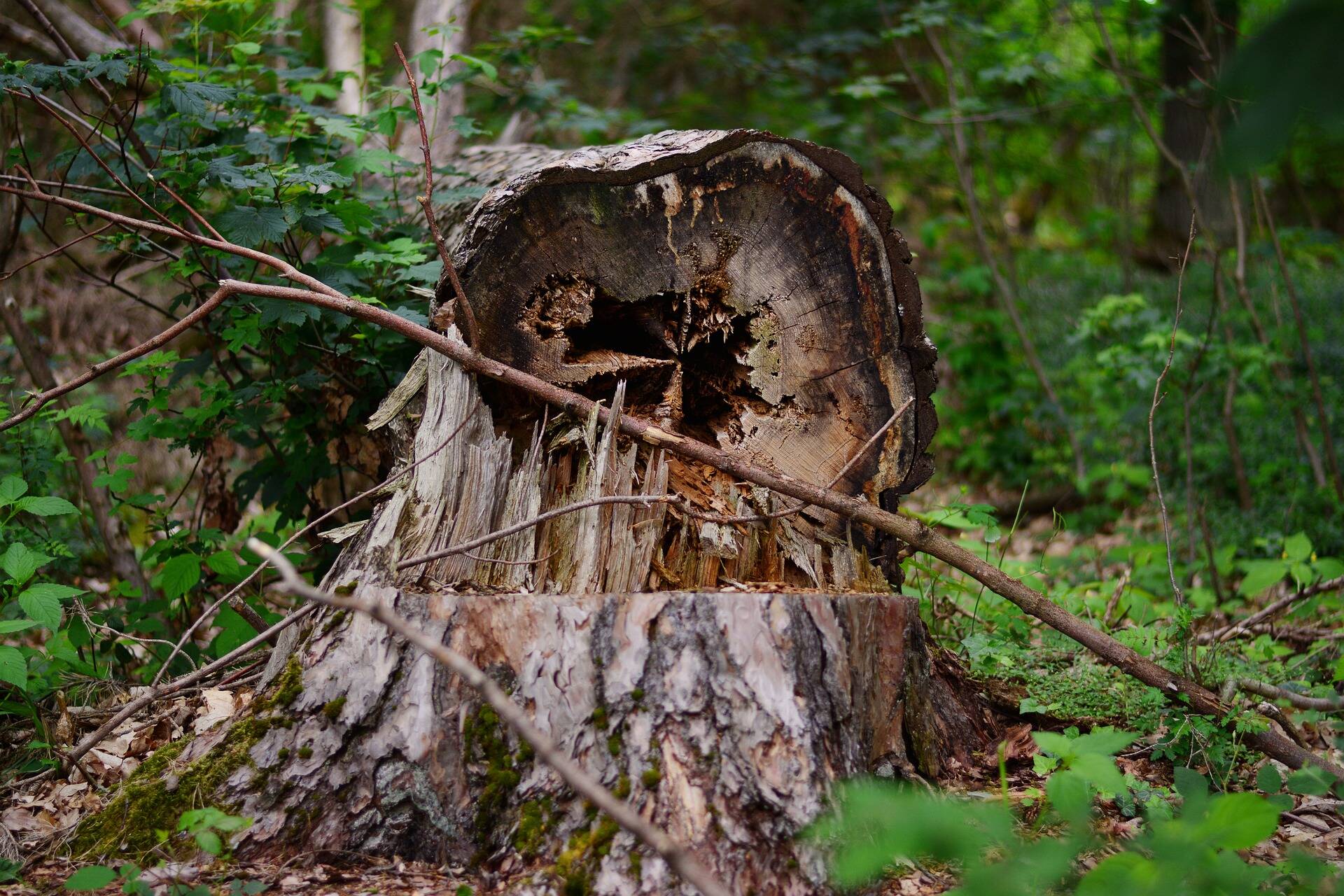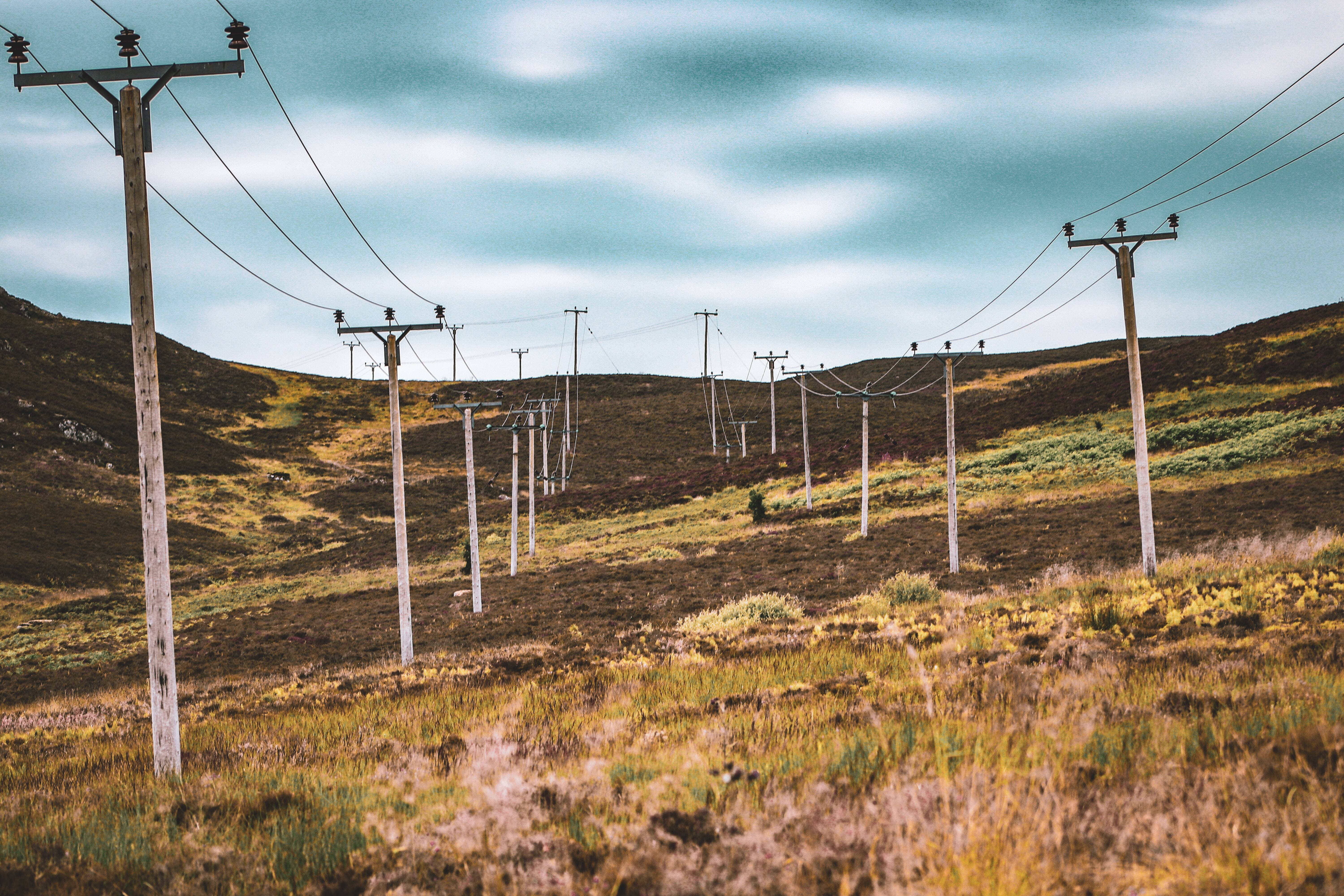You’ve reached your limit!
To continue enjoying Utility Week Innovate, brought to you in association with Utility Week Live or gain unlimited Utility Week site access choose the option that applies to you below:
Register to access Utility Week Innovate
- Get the latest insight on frontline business challenges
- Receive specialist sector newsletters to keep you informed
- Access our Utility Week Innovate content for free
- Join us in bringing collaborative innovation to life at Utility Week Live

An academic has warned energy networks to respect the serendipity of winter storms and ensure they are fully stress-tested for all potential impacts.
Professor Keith Bell, of the University of Strathclyde, said that despite electricity distribution networks (DNOs) claiming lessons have been learnt following the devastation caused by Storm Arwen, resilience remains undervalued by some in the sector.
He said there were “massive lessons” to learn from how ill prepared the country was for the Covid pandemic and that resilience is not just the responsibility of engineers. He summed up his message to the sector as: “If you think you’re ready, test it out.”
 Speaking to Utility Week Innovate, Bell – who holds the Scottish Power chair in Future Power Systems at the University of Strathclyde and leads the UK Energy Research Centre on energy infrastructure transition – added: “There’s always a danger that preparedness for extreme events falls to the bottom of the priority list.
Speaking to Utility Week Innovate, Bell – who holds the Scottish Power chair in Future Power Systems at the University of Strathclyde and leads the UK Energy Research Centre on energy infrastructure transition – added: “There’s always a danger that preparedness for extreme events falls to the bottom of the priority list.
“DNOs have talked about lessons from Storm Arwen, and it’s not just the engineering preparedness, it’s not just the design of the network nor the specification of individual assets, it’s also logistics – where the spares are kept, the transport arrangements for staff to access and use them, for example. One of the things that’s always there is the need to be good at communication.
“One event is never like another,” he added. “There were severe floods in Lancaster a few years ago – the next may happen in a different place, in a different way, or in high winds, for example, and reveal different weaknesses.
 “It’s important to make sure all of these things are rehearsed and tested on a regular basis,” Bell continued. “We saw at the beginning of the pandemic that there were apparently plans in place within the government around, for example, getting access to PPE for paramedics – there were stores that were apparently being looked after, but it turned out that a lot of this stuff was out of date or wasn’t up to the right specification.
“It’s important to make sure all of these things are rehearsed and tested on a regular basis,” Bell continued. “We saw at the beginning of the pandemic that there were apparently plans in place within the government around, for example, getting access to PPE for paramedics – there were stores that were apparently being looked after, but it turned out that a lot of this stuff was out of date or wasn’t up to the right specification.
“It goes back to testing and rehearsing provisions to find any areas of weakness – if when you need something in anger you find it doesn’t work, it’s too late.”
Investment in resilience
Bell’s comments came as Eliane Algaard, Scottish and Southern Electricity Networks’ (SSEN) operations director for distribution south, told attendees at the Energy Innovation Summit 2022, that networks were “as prepared as we can be” for a hypothetical “Storm Arwen Two”.
As reported by Utility Week, Arwen yielded damage three times greater than the ‘Beast from the East’ in 2018, battered some parts of the country with winds reaching 98mph, and was deemed the worst storm to affect power supplies in 15 years.
According to the Energy Networks Association (ENA) some regions saw 25 days’ worth of faults landing in just 24 hours, prompting networks to draft in extra people, helicopters and drones.

However, the ENA’s head of innovation and development, Randolph Brazier, told delegates that approximately £150 million of the £730 million spent by the industry body on resilience measures since 2015 had been allocated in the past year – explaining that while resilience had sometimes been taken for granted until about 18 months ago given historic network strength, winter preparedness was now a priority.
DNOs were chastised by MPs over poor communication during the storm and Ofgem’s ‘Customer experiences of Storm Arwen’ report saw heavy criticism levelled at consumer-facing strategies. However, Northern Powergrid’s head of innovation Iain Miller insisted customer facing operations had been significantly “stepped up”.

- Resilience, reliability and collaborative transformation to adopt technology and innovation are among the key themes at the Utility Week Forum, which will take place in London on 8-9 November. Find out more here.
Whole system innovation
Algaard told delegates that Arwen – and the two years’ worth of overhead line damage its hurricane-style wind inflicted in 12 hours, affecting 15% of its customers and yielding more than 1,000 points of damage – had prompted both a closer inspection of the network’s prevention, containment and recovery strategies and whole system innovation, involving all partners.
She explained that not only did SSEN announce enhanced support for customers and communities – including a 20% uplift in payments, a £500,000 boost for its Resilient Communities Fund and £3.5 million on further funding to support network and community resilience – it spent an extra £1.2 million in network resilience investment focused on protecting key circuits.
 The firm also responded by allocating £12.5 million investment across 22/23, with £2 million set aside for tree maintenance. Teams also rolled out enhanced information sharing measures with key stakeholders – for example maps and vulnerability markers were provided to local resilience partners and set up “listening groups” within communities.
The firm also responded by allocating £12.5 million investment across 22/23, with £2 million set aside for tree maintenance. Teams also rolled out enhanced information sharing measures with key stakeholders – for example maps and vulnerability markers were provided to local resilience partners and set up “listening groups” within communities.
Applying HV lessons
Electricity North West (ENW) engineering director Gillian Williamson added that while overhead line networks – which supplied 750,000 customers in the path of the storm – still contain vulnerabilities, fault detection innovation had yielded some “really quick wins” both during and since Arwen.

According to Williamson, ENW innovations and investments prevented more than 90% of customers losing power for more than three mins, for example, with 69% of customers back on supply within 24 hours due to automation, local switching and remote switching on high voltage networks.
She added that ENW had also embarked upon work to speed up restoration times on low voltage networks by applying lessons from their high voltage counterparts, as well as improving damage visibility through increased monitoring via projects such as its Pole Equipment Re-Closer Housing, or PERCH, scheme.
 Utility Week Innovate, in collaboration with Utility Week Live aims to discover and promote innovative approaches to tackle front line business challenges through case studies, technical/project studies, networking, and live content. Be recognised as a key solution provider and meet your target audience face-to-face at UWL23. Find out more about exhibiting
Utility Week Innovate, in collaboration with Utility Week Live aims to discover and promote innovative approaches to tackle front line business challenges through case studies, technical/project studies, networking, and live content. Be recognised as a key solution provider and meet your target audience face-to-face at UWL23. Find out more about exhibiting
Please login or Register to leave a comment.